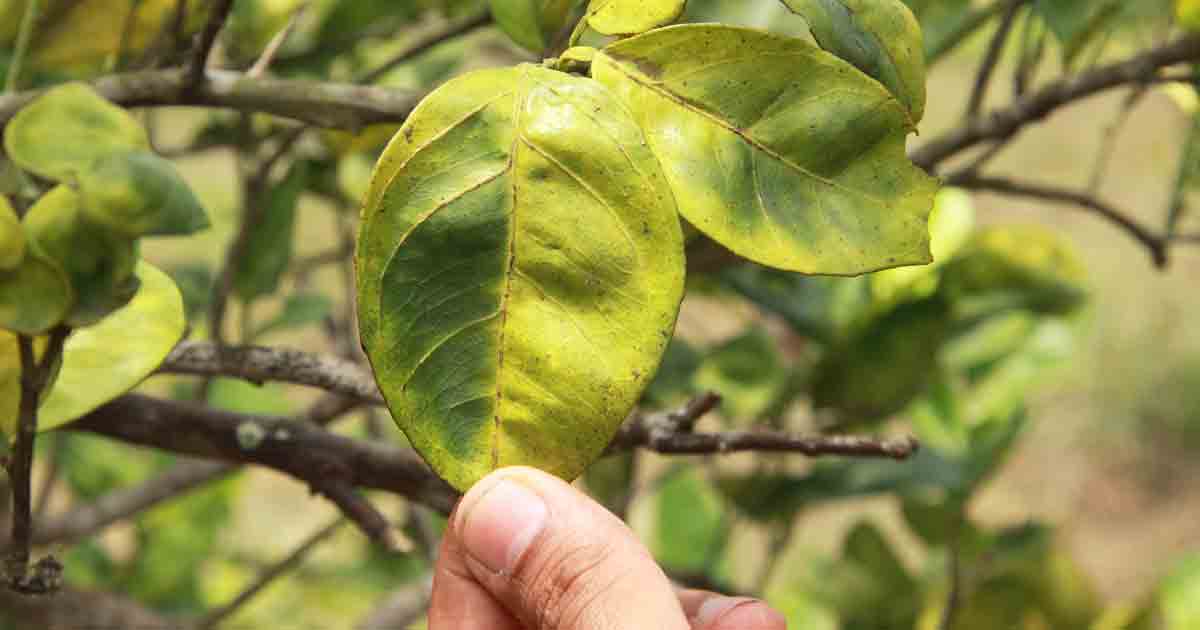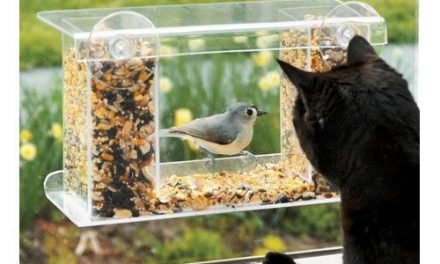For fans of all things citrus, and definitely growers of grapefruit, limes, oranges and other tropical fruits, it’’ s end up being disconcerting to discover that a major crop illness called citrus greening, aka Huanglongbing (HLB), has actually been striking citrus fruit trees worldwide.
HLB are germs that trigger quick wear and tear, beginning with signs like blotchy leaves, then transferring to bitter fruit and, ultimately, dead tree limbs. It’’ s not a brand-new illness; according to The Organic Center,1 the very first damage was explained in India in 1912, then reported in 1919 in South China. In Asia, it’’ s called yellow dragon illness.
.
Essentially, citrus greening has actually spread out worldwide in the last 100 years and, regrettably, it’’ s incurable. It got here in Florida in 1998, moving county to county. By 2017, every county in the state reported it. From Florida to Texas to California, too Georgia, Louisiana, locations in Central and South America and throughout Asia, the germs’’ s spread out have actually been kept in mind as pricey and ““ monumentally devastating.””
.
As just recently as April 2018, The National Academies of Sciences Engineering and Medicine considered HLB ““ the most major risk for citrus growers around the world” ” and kept in mind that a “ single advancement discovery for handling” ” it was “ not likely.” 2
.
Worse, there was no other way of discovering an issue. Due to the fact that “ there are no useful techniques offered for growers to identify asymptomatic trees, they typically function as concealed bacterial tanks for feeding psyllids,”” 3 winged aphid-like pests likewise called plant lice,4 threatening catastrophe for the $2 billion citrus market in California alone.
That is, till researchers found a trump card. Disease-detecting canines, showing that the noses that can spot and divert possibly lethal human illness such as cancer , chemical parts in bombs, bad alcohol and even lost kids, are likewise able to assist ferret out disease-ridden insects in citrus orchards. Their report was released in the Proceedings of the National Academy of Sciences (PNAS) in February 2020.5
.How Dogs Detect Disease-Ridden Citrus Trees.
Scientists expose that a lot of our canine buddies, being real to their noses and their fantastic sense of odor , can ferret out the illness method ahead of time to prevent possible catastrophe for citrus growers and every stop along the proverbial food cycle, consisting of dissatisfied customers.
In truth, canines can be trained to smell out HLB weeks and even years prior to anybody else understands there’’ s an issue, according to a current research study composed in part by Timothy Gottwald, a U.S. Department of Agriculture scientist. Gottwald informed PBS News Hour that the ““ innovation ” of a canine ’ s nose is countless years of ages. “ We ’ ve simply trained canines to hunt brand-new victim: the germs that triggers a really harmful crop illness.” 6
.
With all the doom and gloom over the absence of therapeutic gadgets to stop or a minimum of slow the illness, Gottwald mored than happy to report that in simply one experiment throughout which pets were required to a grapefruit orchard in Texas to select which trees were infected and which were healthy, they were right on the nose (so to speak) 95% of the time.
He kept in mind that as soon as the illness is sought so growers understand which trees are contaminated, they can choose them, so the opportunity of stopping an epidemic of the illness is much higher. According to PBS:
““ Matteo Garbelotto, who studies plants at the University of California, Berkeley, states the brand-new research study raises the research study of canine sleuths in orchards from anecdotal to field-tested, revealing that pet dogs can discover an infection well prior to present approaches. Garbelotto has actually been associated with comparable research study however had no function in the brand-new research study.
Another plant researcher, Laura Sims, of Louisiana Tech University, stated she was impressed by the rigorousness of the research study. She praised the actions required to identify if the canines were seeking the germs itself or a plant’’ s action to an infection.”” 7
.
Not just in orchards, the research study likewise included a lab setting in which pets were revealed a range of plants contaminated with the infection. Not all of them were citrus, however the canines were right in their smell-sense analyses. Gottwald concluded that quickly pet dogs would be utilizing their specialist noses on farms in addition to in airports and other vital settings.
.The Role of Dogs in Citrus Greening Detection.
Scientists with the USDA’’ s Agricultural Research Service, together with workers from Texas A&M University’’ s Kingville Citrus Center and the Center for Integrated Pest Management, took part in both field and laboratory screening. According to the research study and professionals at the USDA, which moneyed it, trained pet dogs have actually shown to be the most effective method to discover citrus greening. According to the USDA:
““ Currently, the only strong hope of cutting the spread of citrus greening is to remove trees with the illness as rapidly as possible to avoid additional spread. Early detection of the citrus greening pathogen is vital since trees can be contaminated and serve as a source to spread out the illness months or years prior to revealing signs that are noticeable by the naked eye.”” 8
.
Significantly, Gottwald states they discovered qualified pet dogs might determine trees contaminated with the citrus greening germs, Candidatus Liberibacter asiaticus, within 2 weeks of a tree’’ s shot, and separate in between ““ other citrus bacterial, viral, fungal, and spiroplasma pathogens, consisting of carefully associated Liberibacter types.”” 9
.
Today, the Organic Center cautions that ““ no matter where citrus is grown, the farmer should have a strategy presuming that eventually HLB will require to be handled.”” 10 There might not be a remedy yet, however detection by pet dogs is an almost sure-fire substitute till avoidance is a truth; a minimum of, that’’ s the objective.
.
Experts likewise state there’’ s proof that if the illness can be handled, the fruit can still be effectively marketed. The research study reveals that ““ Human visual evaluation is insufficiently delicate to find brand-new plant infections in a responsive timeframe,” ” pet dogs can play investigator over big landscapes, and do it quickly without the requirement for limitless tastings and laboratory processing.
Dogs have a large variety of abilities in this location, the research study authors kept in mind. They’’ ve been utilized to discover both endangered and domestic mammals and birds, and the scat of bears. They’’ re likewise been trained to track foxes, coyotes, tigers, ringed seals, intrusive brown tree snakes in freight, bugs such as termites and weevils that harm trees and screwworm in animal injuries, single out dairy livestock in heat (aka estrus) and identify insects in hotels and houses.
Breeds utilized in the researchers’ ’ experiments consisted of Mira, a German Shepard/Belgian Malinois mix, and Szaboles, Zsemir and Maci, all Belgian Malinois. To date, 19 pets selected for their skilled noses along with their effort have actually been gotten from European breeders for illness detection to assist in saving the U.S.’’ s $3.35 billion citrus market.11
.
Read more: healthypets.mercola.com






Recent Comments